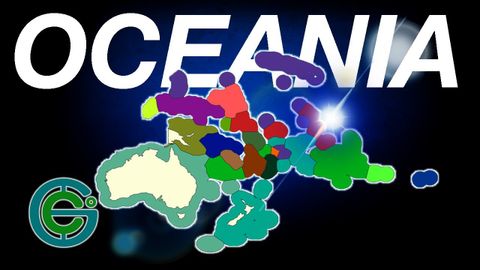海洋図解 (地理の今!) (OCEANIA EXPLAINED (Geography Now!))
林宜悉 が 2021 年 01 月 14 日 に投稿  この条件に一致する単語はありません
この条件に一致する単語はありません- n. (c./u.)(ある土地に)生まれた人;全国の;(ある言語を)第一言語とする人
- adj.生まれつきの
US /kənˈsɪdər /
・
UK /kən'sɪdə(r)/
US /dɪˈvɛləp/
・
UK /dɪ'veləp/
- v.t./i.展開する;開発する;発達する;現像する;発症する;磨く
エネルギーを使用
すべての単語を解除
発音・解説・フィルター機能を解除

